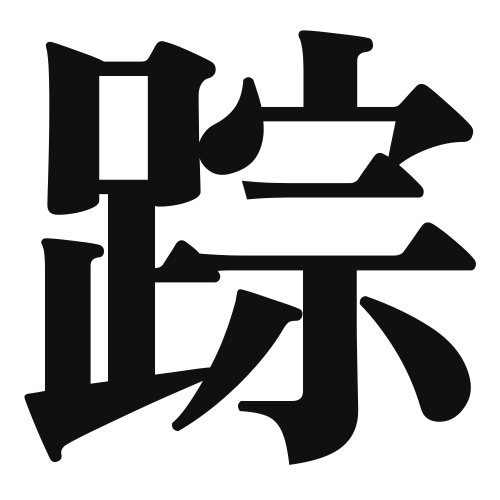1. Overview of Meaning
The kanji 踪 (pronounced “sou”) generally means “trace” or “track.” It refers to the act of following or discovering the path left by someone or something.
2. Formation and Radical
Formation of the Kanji: The kanji 踪 is a phonetic compound (形声文字) that combines the radical for “foot” (足) with a phonetic component that suggests its pronunciation.
Radical: The radical of 踪 is 足 (foot), which relates to movement and tracking.
3. Examples of Usage
Common Words and Phrases: Some common words that include 踪 are:
- 足跡 (あしあと, ashiato) – “footprint”
- 踪跡 (そうせき, sousseki) – “trace” or “mark left behind”
Example Sentences in Daily Conversation:
- 彼の足跡をたどって、山を登った。
(かれのあしあとをたどって、やまをのぼった。)
“I followed his footprints and climbed the mountain.” - この道には古い踪跡が残っている。
(このみちはふるいそうせきがのこっている。)
“This path has old traces left behind.”
4. Synonyms and Antonyms
Similar Kanji: A similar kanji is 跡 (あと, ato), which also means “trace” or “mark,” but it often refers to a more permanent or visible mark left behind.
Opposite Kanji: An antonym could be 消失 (しょうしつ, shoushitsu), meaning “disappearance,” which implies the absence of any trace.
5. Cultural and Historical Background
Relation to Japanese Culture: The concept of tracking or tracing is significant in Japanese culture, especially in traditional practices like hunting or following nature.
Proverbs and Idioms: One relevant proverb is 足元を見られる (あしもとをみられる, ashimoto o mirareru), which means “to be watched closely,” often implying that one’s actions are being scrutinized, similar to following a trace.
